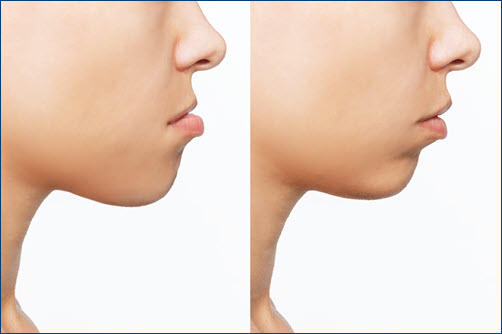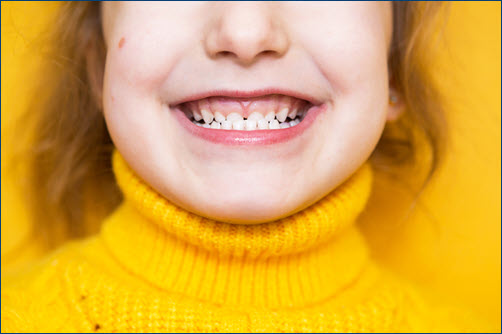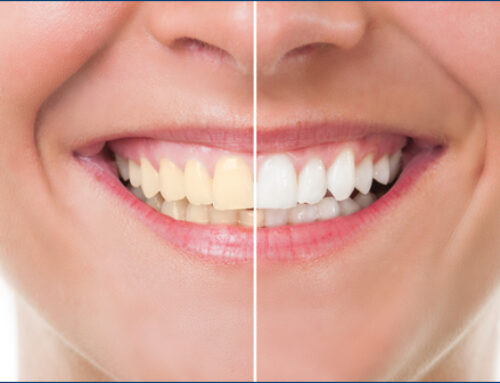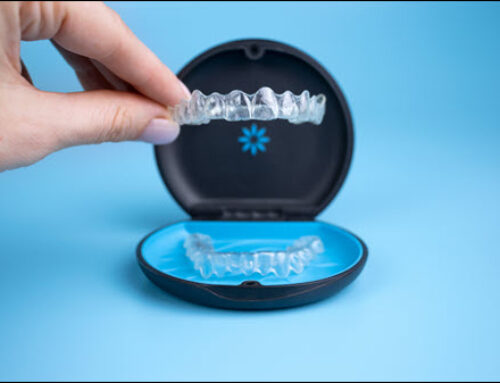An overbite or underbite is a type of malocclusion or misalignment of the teeth and jaw that can affect both the function and appearance of your smile. Fortunately, modern dentistry offers a variety of treatments to correct these bite issues, improving not only the aesthetics of your smile but also your overall oral health. Understanding the causes of overbites and underbites and the available corrective options can help you make informed decisions about your dental care.
What Are Overbites and Underbites?
-
 Overbite: An overbite occurs when the upper front teeth significantly overlap the lower front teeth. While a slight overbite is normal, a deep overbite can lead to problems such as tooth wear, gum irritation, and jaw pain.
Overbite: An overbite occurs when the upper front teeth significantly overlap the lower front teeth. While a slight overbite is normal, a deep overbite can lead to problems such as tooth wear, gum irritation, and jaw pain.- Underbite: An underbite is characterized by the lower front teeth extending past the upper front teeth. This condition can result in difficulty biting and chewing, speech issues, and an increased risk of tooth decay and gum disease due to improper alignment.
Causes of Overbites and Underbites
Several factors can contribute to the development of overbites and underbites, including:
-
- Genetics: Hereditary factors often play a significant role in the development of bite issues. If one or both parents had an overbite or underbite, there’s a higher likelihood that their children may inherit similar issues.
- Childhood Habits: Prolonged thumb-sucking, pacifier use, or bottle feeding during childhood can contribute to the development of overbites.
- Jaw Development: Discrepancies in the growth and development of the jaw can lead to overbites or underbites. For example, if the upper jaw grows faster than the lower jaw, an overbite may occur.
Treatment Options
The appropriate treatment for an overbite or underbite depends on the severity of the condition, the age of the patient, and individual preferences. Here are some common corrective options:
-
- Braces: Braces are a traditional and effective method for correcting overbites and underbites. They work by applying continuous pressure to the teeth, gradually moving them into the desired position. Braces can address alignment issues in both children and adults, with treatment typically lasting between one to three years.
- Invisalign: Invisalign is a popular alternative to traditional braces, offering a more discreet way to correct bite issues. Invisalign uses a series of clear, removable aligners that gradually shift the teeth into place. It’s particularly appealing to adults and teens who prefer a less visible orthodontic option.
- Orthognathic Surgery: In severe cases where braces alone cannot correct the bite, orthognathic surgery may be necessary. This surgical procedure involves repositioning the jaw to achieve proper alignment. It is usually considered for adults with significant jaw discrepancies.
- Tooth Extraction: In some cases, extracting one or more teeth may be necessary to create space for proper alignment. This is often done in conjunction with orthodontic treatment.
- Behavioral Modifications: For children, addressing habits such as thumb-sucking or pacifier use early on can prevent the development of bite issues.
Correcting overbites and underbites is essential for maintaining a healthy, functional smile. With a range of treatment options available, individuals can achieve improved oral health and enhanced confidence in their appearance. If you suspect you or your child has a bite issue, consult with an orthodontist or dentist to explore the most suitable treatment plan. Early intervention can lead to better outcomes and prevent more complex dental problems in the future.



